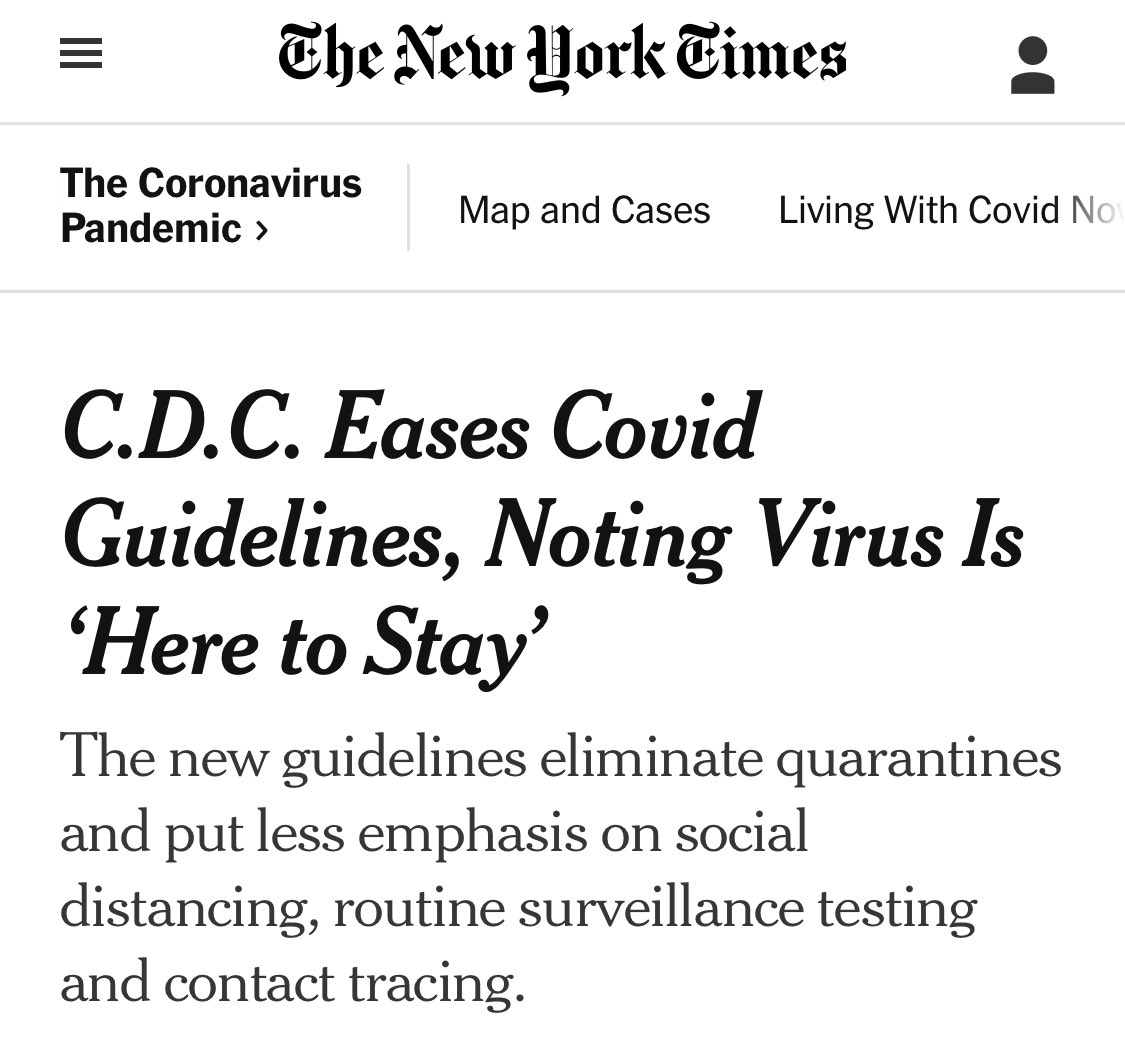
Insulin will cost no more than $35 per month starting 2023 for Medicare beneficiaries thanks to the #InflationReductionAct
Unfortunately the $35 cap won’t apply to those on private insurance. It was blocked by a procedural move. cnbc.com/amp/2022/08/09…
Unfortunately the $35 cap won’t apply to those on private insurance. It was blocked by a procedural move. cnbc.com/amp/2022/08/09…
About 1 in 5 diabetics needing insulin who have private insurance are estimated to spend more than $35 per month out of pocket for insulin and could have been helped.
grid.news/story/politics…
grid.news/story/politics…
Over 400,000 people on private insurance /uninsured in the US were estimated to spend at least 40% of their income (outside of food and housing) on insulin costs.
I am not sure if that number is smaller or bigger now. healthaffairs.org/doi/10.1377/hl…
I am not sure if that number is smaller or bigger now. healthaffairs.org/doi/10.1377/hl…
Plus for Medicare beneficiaries there will be no deductible for insulin. #Insulin4All
Details HT @KFF kff.org/slideshow/what…
Details HT @KFF kff.org/slideshow/what…

From what I gather, Pharma supported the $35 copay cap, specifically @LillyPad
So I’m really puzzled what the problem was. Just a process thing?
So I’m really puzzled what the problem was. Just a process thing?
• • •
Missing some Tweet in this thread? You can try to
force a refresh








